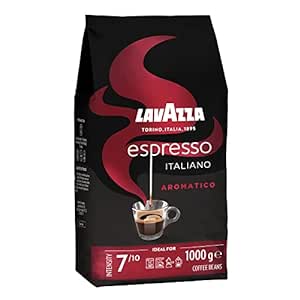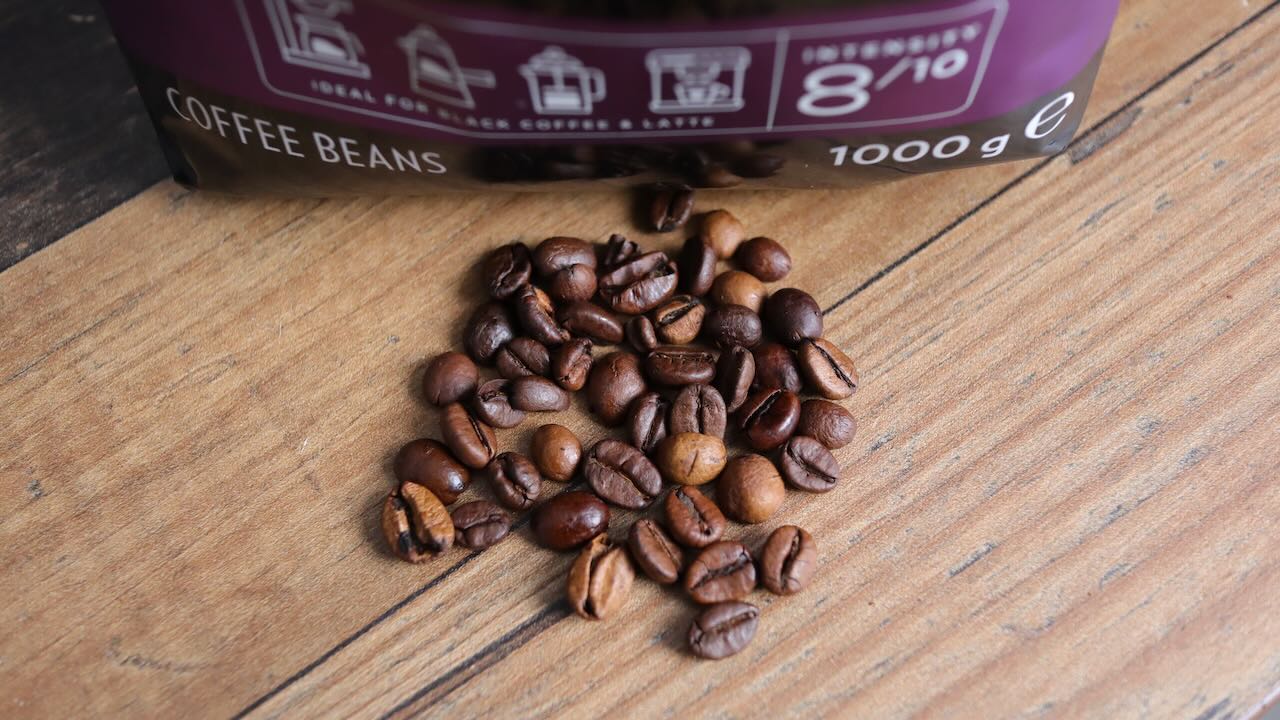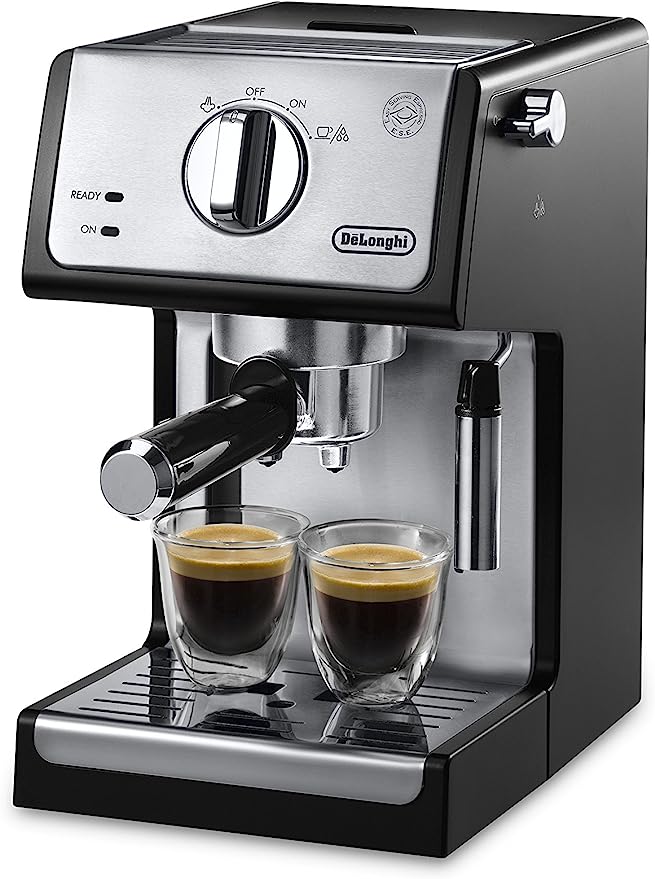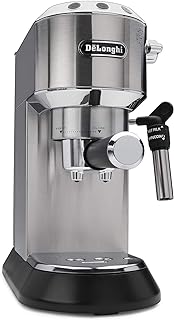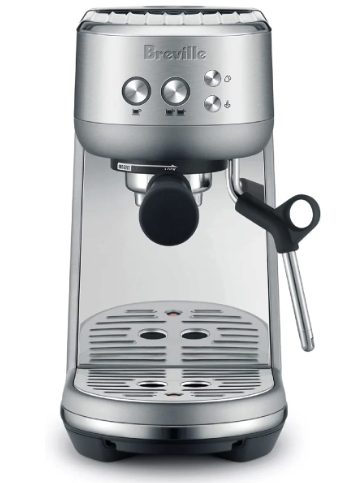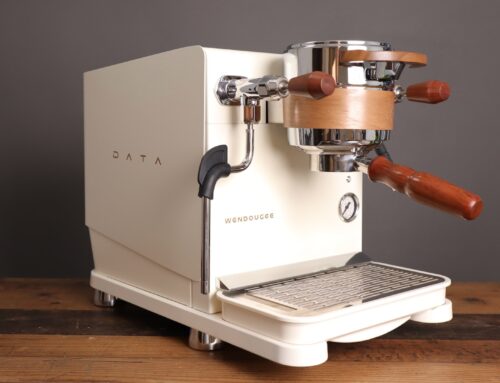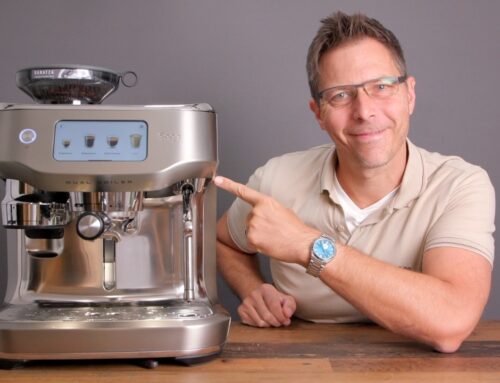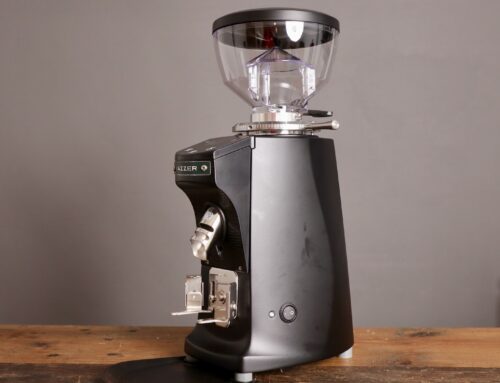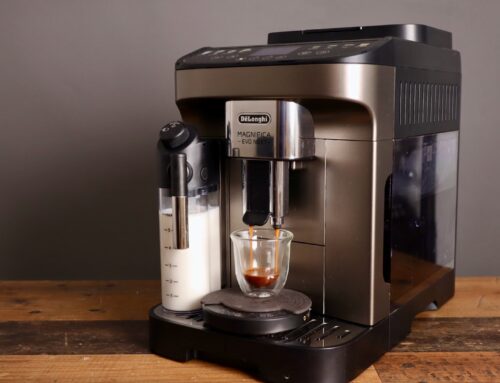What are the Best Beans for Espresso?
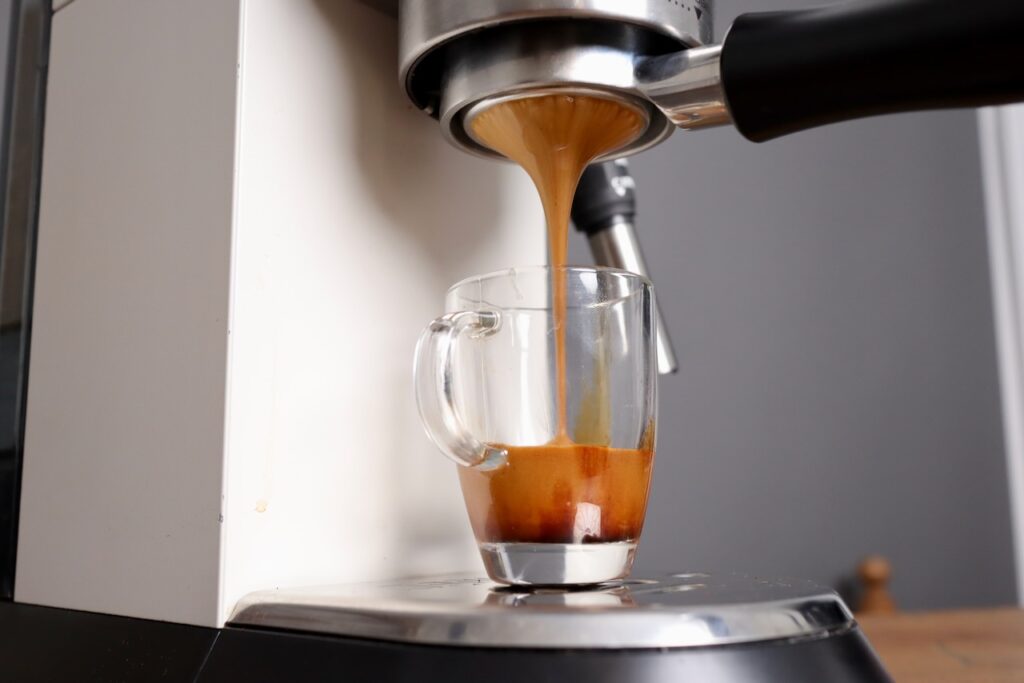
What are the best beans for Espresso?
This is seriously a question I get on a daily basis. The answer is on the surface actually pretty simple: just buy fresh beans to get the best result. But what are fresh beans, what does that mean, and where can I source them from? Those are some questions we will look at in this blog article.
By the way, and this is important – fresh beans does not mean a freshly opened bag! Fresh beans means freshly roasted! That means anywhere from 2 weeks, to 2 months off of roast date. But there are other factors to consider, too.
Can’t I get away with supermarket beans?
I’ll admit it…it’s very tempting to just buy a bag of beans at the supermarket, for the convenience and the price. In Germany, you can get a 1 kg bag of Lavazza starting at €8.88 on sale. That is crazy cheap. In the USA, coffee is more expensive, so a 1 lb bag will often cost already $16.
But are either of these deals any good, if the beans are old? That is exactly the salient question. Normally, beans sitting on a supermarket shelf, whether Lavazza, Segafredo, or Peets, will be anywhere from 3 -12 months old.
And that is the problem: you need fresh beans, like 2 weeks to 2 months off of roast date.
Many supermarket bags of coffee beans won’t even show the roast date or packaging date, but rather a “best by” date, which is not super helpful. I know that for Lavazza, their best by date is generally 2 years off of packaging date, but with other manufacturers, it’s just a guess.
If you view the above two photos, you will notice that the beans on the right from a local roaster are much nicer looking. They are roasted to the same degree, noted by the homogeneous coloring. The Lavazza beans on the other hand are dark and light. Also, the Martermuehle beans are whole, not broken or hollowed out, as the beans are from Lavazza. Take a guess which makes a better espresso shot…
Side note: you will also need a good grinder.
While the beans themselves make the larges difference, you also need a capable grinder to cut those beans into small enough particles for espresso. So, you need a grinder that can go fine enough, and have good adjustablity. Usually, the more expensive grinders will have superior uniformity in particle distribution, but you can already get a great shot with the DF54 or Eureka Specialita for example.
Which roast degree and Arabica to Robusta blend?
So lately, there has been a trend to light roasted beans for espresso. These can lead to more floral and sweet flavors, if extracted right. But you need the right setup and practice for that.
I’d suggest a medium to dark blend to begin with, for some tasty chocolatey, nutty notes in the espresso shot. These are also easier to extract, as they don’t need as high of a temperature – I find them less fussy. But, I would definitely stay away from “french roast”, the designation for dark, oily beans. These will quickly clog your grinder, and you’ll have to clean it out.
As for blend, get more robusta if you want more crema. Roasters will often blend 70-80% arabica beans with 20-30% robusta beans, to get a higher amount of crema, while retaining the taste of the arabica. But beware: if you get a blend with too much robusta – like 50-100% – then your extraction will generally have distinct earthy, woody notes. For me, the best blend is 20% robusta, and 80% arabica.
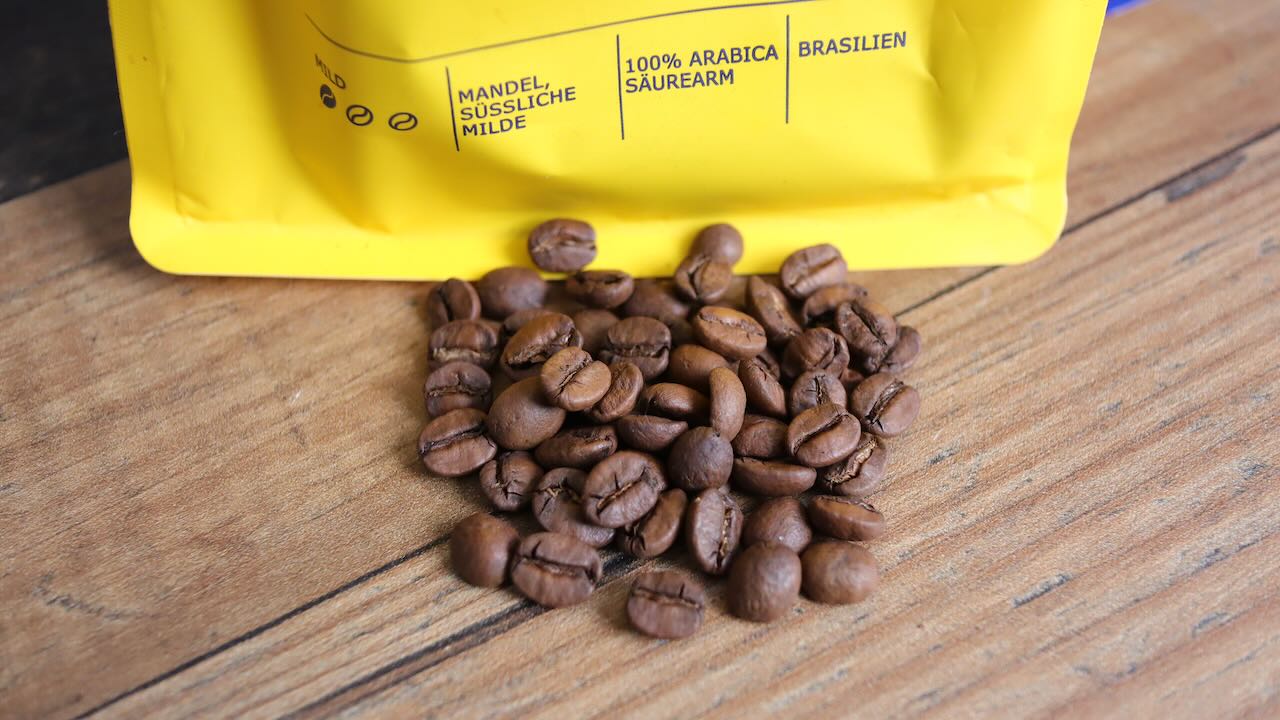
Martrmuehle Santos light roast, 100% Arabica
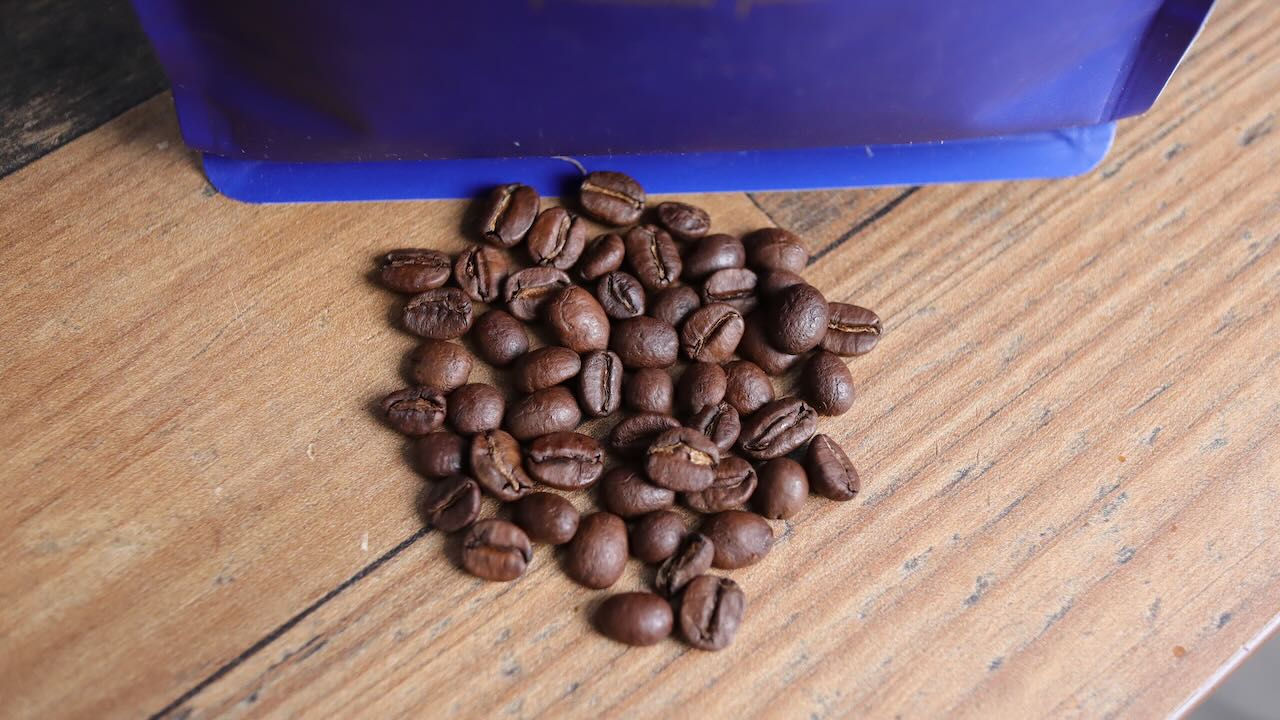
Martrmuehle M-Espresso med roast, 80% Arabica
Google Maps for local Coffee Roasters?
If I am new to an area, I always use Google Maps to find a good coffee roaster (I also use it to find restaurants, movie theatres, etc). Just type in: “coffee roaster in my area”, and Google will help you find one. Just check the number of stars, and the reviews, to select a good roaster in your area.
Then, you can go into their shop, and ask them for advice as to your brewing method. They will often have a good selection made for pour over, espresso, and other brewing methods. Pick their brains to see which arabica/robusta blend, or single origin, they might recommend for your tastes. As a bonus, it’s really fun to go into a local roaster’s shop, and enjoy the atmosphere. They usually have nice music, nice aesthetic, and interesting people to talk to.
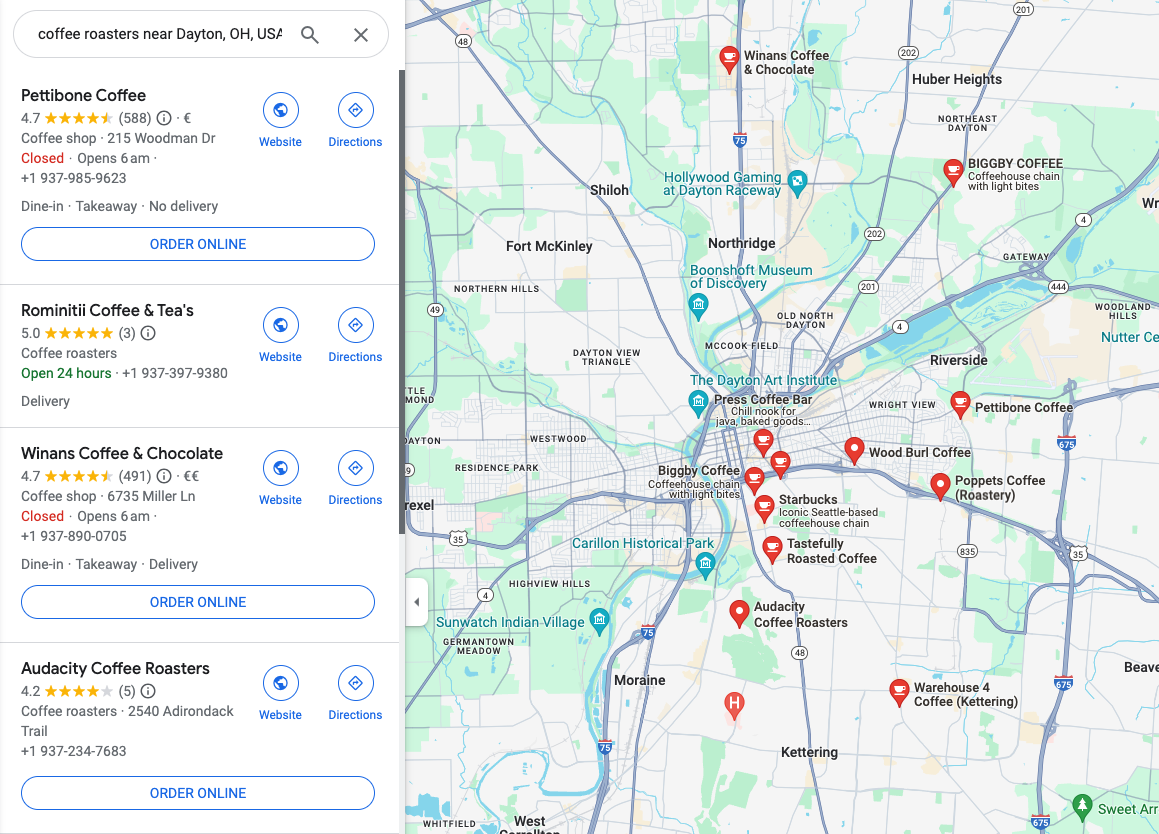
But why are the local roasters so expensive?
Ok, ok, I admit it. Local roasters are going to be much more expensive than the big manufacturers. Some of the costs are for higher quality beans. The higher the quality, the higher the price for green coffee beans. Also, local roasters will roast their beans much more gently, in a drum roaster, usually for 12-15 minutes, instead of on a conveyor belt, like the big manufacturers. This longer process leads to a bean that’s been roasted more gently and thoroughly.
Think of cooking some food. If you slap it in a hot pan for a few minutes on each side, it’ll get cooked, but it’ll be tough. If you cook something over a long period of time, it’s almost always better, because the process is gentler. It’s the same for coffee beans.
Of course, local roasters also have higher costs like storage, materials, and logistics in comparison to the larger manufacturers, and this adds to the cost. But, in the end, it’s worth it, to get a good result!
My favorite roasters?
Ok, I don’t get around the whole world, so I can really only recommend in Wisconsin and Germany. Here are some of my favorite roasters:
Colectivo Coffee in Milwaukee
Colectivo is one of my favorite roasters, mainly because they’re the first coffee shop I got to know. They do seasonal blends, offer well roasted and fresh beans, and their coffee shops have great atmospheres. Definitely check them out, the next time you’re in the dairy state.
Dinzler Irschenberg
Dinzler is a super professional operation, located near the Alps in beautiful Bavaria. They do an excellent job roasting in two large dutch drum roasters, providing unparalleled consistency and quality. Check them out when you’re on the A8 in Germany, but beware that their prices are high.
Martermühle Assling
This little roaster in Aßling Germany is one of my favorites for their good job in roasting, but also for slightly more affordable prices than other local German roasters. Check out their M-Espresso, a favorite of mine.
Need some espresso machine suggestions?
My favorite economical machines are listed below.
